What with all the costumes and candy, Halloween seems like pure, pumpkin-spiced fun. But there’s loads of learning to be had, too! Halloween is the perfect theme for countless educational activities you can do at home with your little ones. So, break out your scissors and crayons and let’s get learning with the smarts & crafts, story starters, and STEM building activities below!
Directed Drawing
Sharpen those listening skills, practice following directions, and sneak in some simple math vocabulary with a directed drawing activity! Start with a blank sheet of paper, then guide your kids, step by step, to draw Frankenstein’s head. Instructions are below:
- Draw a large rectangle, short sides up and down, long sides on the sides, to form the head.
- Add a rectangular ear on either side of the head.
- Add a zig zag line just below the top of the head to make hair.
- Draw two parallel lines coming out of the bottom of the head to form the neck.
- Add the start of another rectangle beneath the neck to form the top of the body.
- Draw two circles for eyes and two half circles inside the circles to form pupils.
- Add rectangular eyebrows at an angle over the eyes.
- Add a rectangular mouth.
- Using the bottom of the mouth as the base, draw three triangles, then connect the pointed tops of the triangles to the top of the mouth’s rectangle to form teeth.
- Shape a nose between the eyes and the mouth, however you like.
Once the outline of Frankenstein is complete, kids can go crazy with details – add bolts, scars, etc. Outline the creation in Sharpie, and color him in with crayons, colored pencils, markers, even watercolor paints. You’ll be surprised how differently each of your children’s drawings are!




Spooky Stories
Halloween is prime time for spooky storytelling and writing! Next time you’re in the car, waiting at the doctor’s office, or sitting in a restaurant, try starting a spooky story. Open with something like “The little boy creeped up the front steps and knocked on the door of the spooky, spooky house. When the door opened he saw…” Then pass it on to the person to your left!

Elementary-aged kids can actually write their own terrifying tales, with the help of some simple story starters. Give them an opener, like the one above, or ask a question like “If you were a mad scientist, what kind of being would you create?” or “Have you ever heard a scary noise? What did you imagine was making the noise?” Remind your writer(s) to use descriptive language, idioms, onomatopoeia, and personification. Add some pictures to complete these monster-ific masterpieces!
STEM Sculptures
Put all that Halloween candy to good use, with STEM sculptures! Use candy pumpkins and toothpicks to create STEM structures designed to introduce early math and science principles like gravity, balance, angles, and more. Younger kids can try building a simple tower with a three-pumpkin base supporting a single, floating pumpkin. Challenge older kids to create a taller tower, pyramid, spiral, or spider web!


There’s plenty of learning and fun to be had this fall. Sneaking an educational element into your child’s day can be as simple as counting and sorting Halloween candy, collecting leaves for crayon rubbings, or weaving a
paper plate spider web. The learning is always there – you just have to look for it!
 Shop UK Site
Shop UK Site 


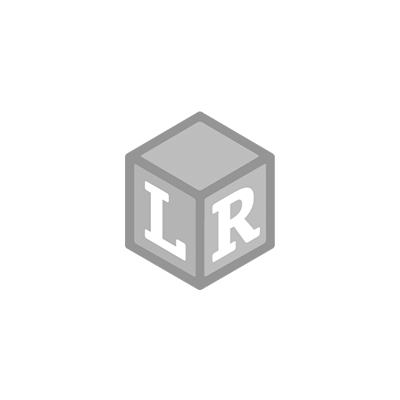
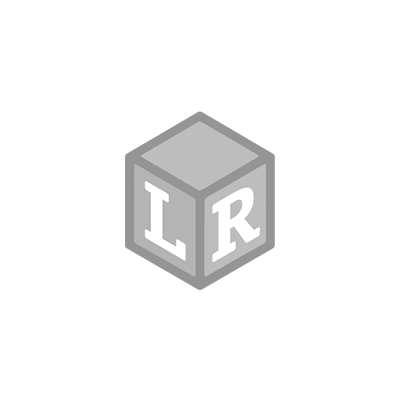

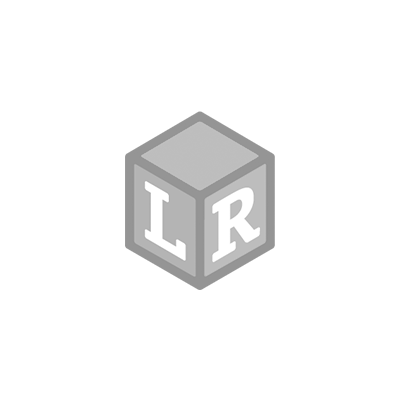
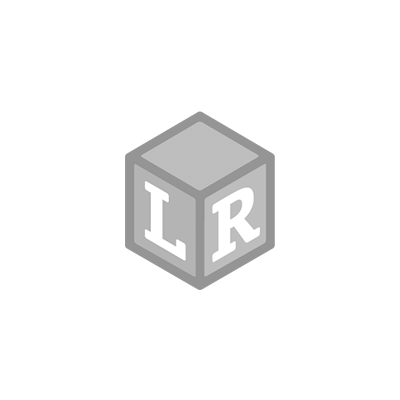
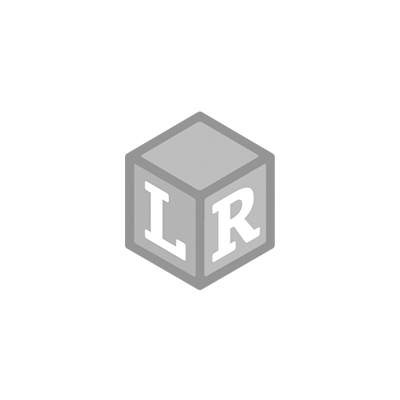





 Elementary-aged kids can actually write their own terrifying tales, with the help of some simple story starters. Give them an opener, like the one above, or ask a question like “If you were a mad scientist, what kind of being would you create?” or “Have you ever heard a scary noise? What did you imagine was making the noise?” Remind your writer(s) to use descriptive language, idioms, onomatopoeia, and personification. Add some pictures to complete these monster-ific masterpieces!
Elementary-aged kids can actually write their own terrifying tales, with the help of some simple story starters. Give them an opener, like the one above, or ask a question like “If you were a mad scientist, what kind of being would you create?” or “Have you ever heard a scary noise? What did you imagine was making the noise?” Remind your writer(s) to use descriptive language, idioms, onomatopoeia, and personification. Add some pictures to complete these monster-ific masterpieces! 
 There’s plenty of learning and fun to be had this fall. Sneaking an educational element into your child’s day can be as simple as counting and sorting Halloween candy, collecting leaves for crayon rubbings, or weaving a paper plate spider web. The learning is always there – you just have to look for it!
There’s plenty of learning and fun to be had this fall. Sneaking an educational element into your child’s day can be as simple as counting and sorting Halloween candy, collecting leaves for crayon rubbings, or weaving a paper plate spider web. The learning is always there – you just have to look for it!